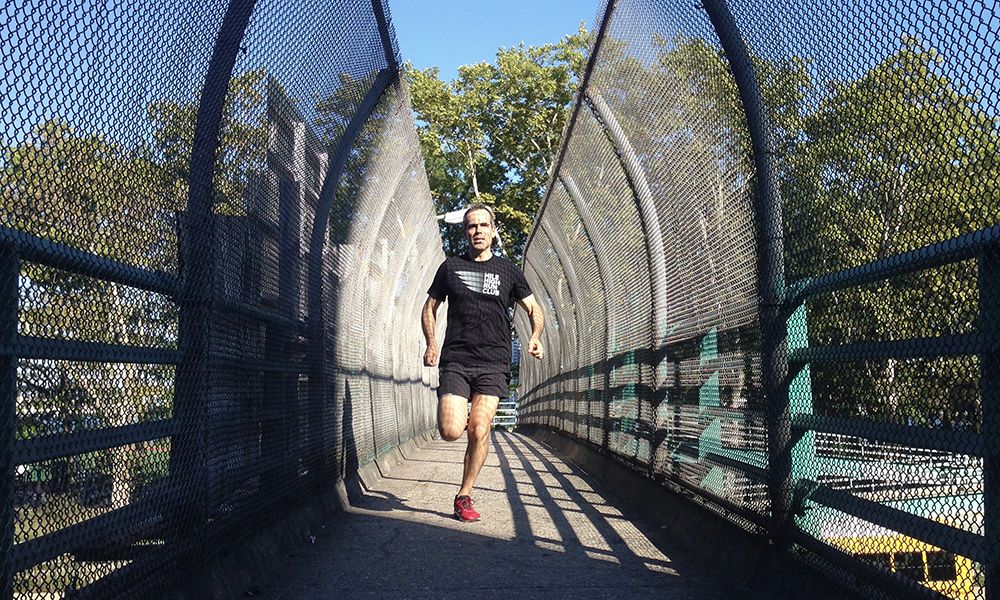The Tempo Run is my secret weapon. I run tempo regularly, at least once per week. It is the home base of my speed work. It gives me excellent data, raises my lactic threshold, and keeps me laser focused. Finding my tempo pace is easy for me these days. How do I find it? I’ll explain that shortly.
What is tempo pace? Why should I use it? How do I find it? These are all the right questions. There are more – when should I use it in a race? At what distance is it most useful? Long courses? Short courses? All courses?
Running at tempo is critical to your performance. Before you can bake it into your training plan you need to know how to find it. Described in many ways out there in the running universe, finding tempo can seem elusive.
Here are some examples:
If you train by heart rate, it can be pegged at 85% to 90% of your max heart rate. If you don’t train by heart rate, but you raced in a 5K or 10K recently, you can find it by adding 40 seconds to your 5K race pace or 20 seconds to your 10K race pace.
You should be able to say a short phrase (talk test) at your tempo pace. It is likely 85% of your VO2 Max.
You can identify it by an 8 out of 10 on a calibrated scale subject to consistent conditions.
You can bring in a 12-person team of running scientists who can work with you in a locked-down anti-gravity chamber located in Middle Earth.
It is my opinion that these descriptors can mislead runners. Too often I train with runners who peg tempo at an actual pace. The problem with this is that ‘variables’ or ‘conditions’ sometimes demand that you run at effort level – not pace. I want runners to be able to feel the pace, not just read it on a watch. What if it’s 15 degrees? 90 degrees? 88% humidity? What if there are hills? Winds? What if you are fatigued? The pace evolves, changes, and if you’re not careful, can mislead you. Try running tempo at effort level. If you stick to a pace in bad conditions you may be running above tempo (too fast), sabotaging your training.
Here is how I find it. I keep it simple. I warm up for 10 minutes at an easy pace/effort level. I run faster for another 5 minutes, staying under tempo pace/effort level. Like tuning a dial, I push it a little bit until I am running briskly, but not out of breath. I find a breathing rhythm that coincides with my foot-strikes. After that, I speed up. Do I have more room before feeling out-of-breath or losing my rhythm? I push over the threshold and experience the ‘out of breath’ feeling for 1 to 2 minutes. I settle down below that speed to focus on my breathing rhythm again. Can I sustain it for a few miles? That’s my tempo pace/effort level today.
I have two favorite places to train tempo, which I do on Monday nights. The Great Lawn Oval in Central Park gives me a flat and fast test. The Oval is a hair over a half mile and I use it for tempo intervals. Every other week I throw in variables, which is why I like the West Drive of Central Park. This gives me a chance to adjust my pace on the hills while staying in the breathing rhythm of tempo. This lends itself to the reality of a race and provides an opportunity to practice fundamentals of speed changes – while respecting my effort level.
Tempo runs should be at the heart of your training. You’ll use tempo in all kinds of races, primarily 10-milers and portions of half marathons, 15K’s, and sometimes even tough 10K’s.

